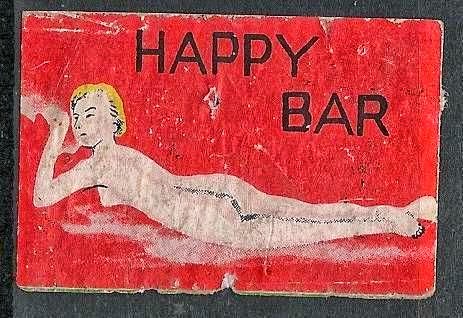Leehing

Wednesday, April 16, 2014
Tuesday, April 15, 2014
Yakko - the servants of samurai
During the Edo period in Japan, Yakko were the servants of of high ranking samurai and transported their weapons and personal affairs. They walked at the top of a daimyo's cortege in order to free the street, by crying and dancing. They wore a vest on which the "nail-puller crest"
was attached, on the shoulders.
Yakko live on today in kite form:
Friday, April 11, 2014
The Chochin - The traditional Japanese lantern (lamp)
Chochin are originated in China. They are commonly seen at
the entrance of Buddhist temples, in traditional festivals and at the entrance
of bars and Restaurants.
The chochin paper lantern is a traditional form of
illumination in Japan, made from washi paper carefully glued on a bamboo cane
frame.
The "Koh-shichi" (literally "Happy
Seven") chochin is constructed using traditional lantern making techniques
passed down from over 300 years ago. Most of the work involved is handiwork by
craftspeople who are devoted heart and soul to the creation of these beautiful
objects.
Wednesday, April 9, 2014
Monday, April 7, 2014
Sunday, April 6, 2014
I really love those antique Australian advertisement Trade Mark labels, since you can easily trace these old companies in Google and find who were they and even to see sometimes that they are no longer exist... These ones are probably Japanese labels
Hobart is the capital and most populous city of the Australian island state of Tasmania
Brownells established Hobart’s first department store in 1888 in Liverpool Street, and it became a public
company in 1902. It offered a successful mail-order service from inception, and
in 1912, it introduced a unique and free service for remote female customers:
Brownell's Famous Lady Shopper, known as Aunt Edna. Naturally most of the
shopping was done in-house, but Aunt Edna also undertook other commissions and
purchased outside goods, which she dispatched with one of her much-prized
'homely, womanly, and sympathetic' letters.
Remodelled in the 1950s using the latest American techniques, Brownells
became Tasmania's largest departmental store. It was taken over by Myer in 1959.
Saturday, April 5, 2014
Subscribe to:
Comments (Atom)


































